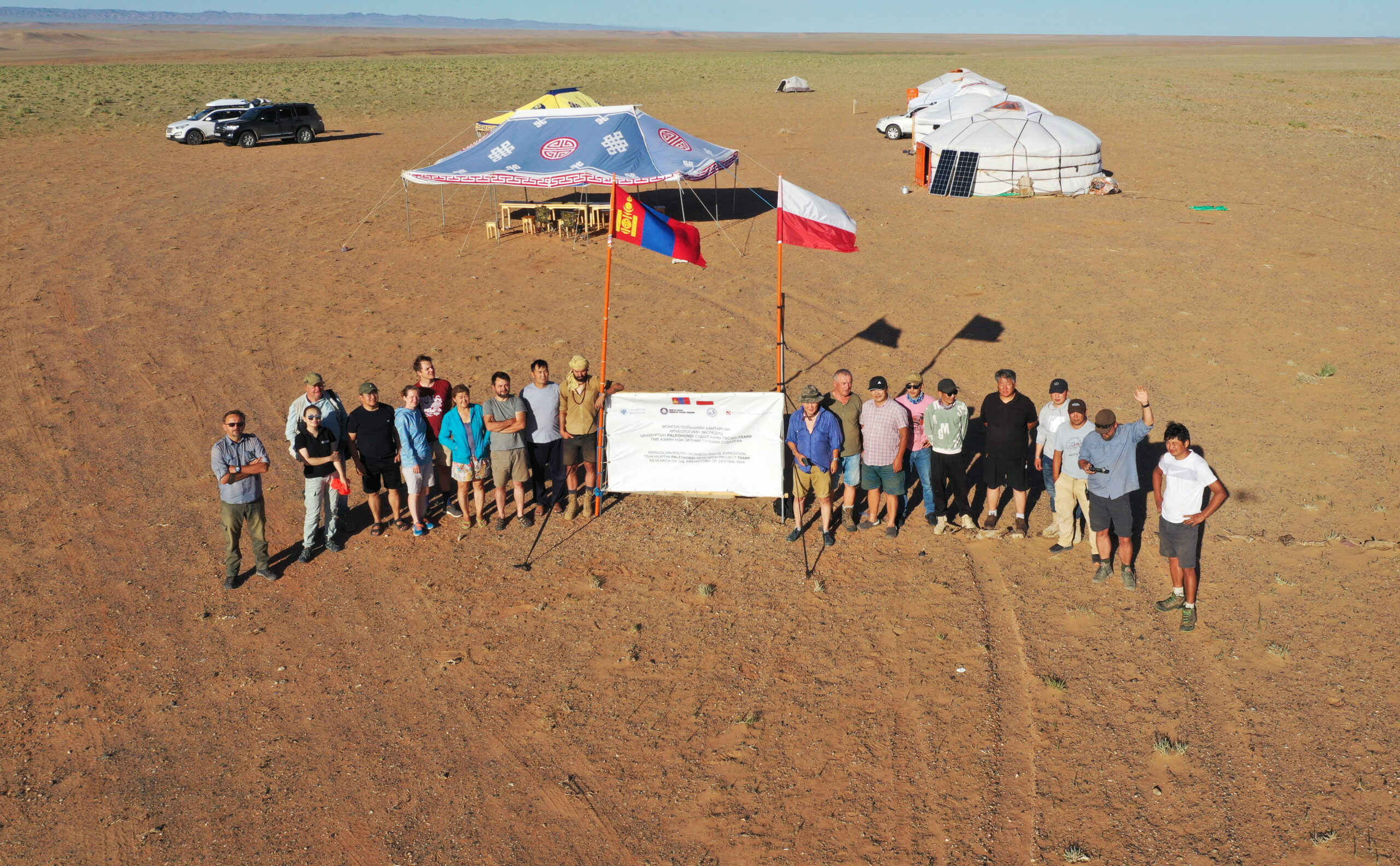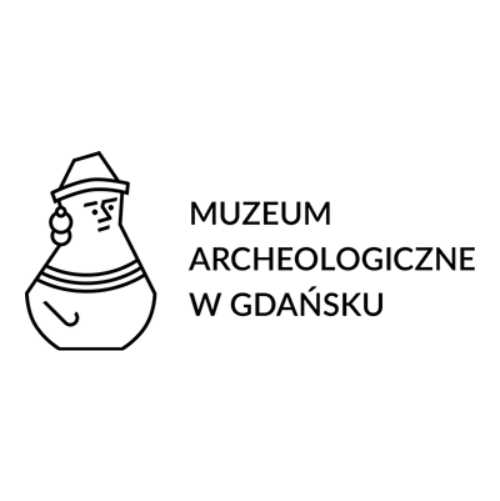The aim of the project is to analyse the nature of prehistoric settlement around the area of the so-called Tsakhiurtyn Hondi (eng. Flint Valley; rus. Kriemiennaja Dolina), located in the territory of southern Gobi province on the border with Altai Mountains, about 700km to the South from the capital city of Mongolia – Ulan Bator.
Despite numerous remains of settlement from the Stone Age, only a limited archaeological research so far was conducted there Flint Valley is one of the biggest archaeological sites in Asia and it contains remains of almost entire Pleistocene. The area was named after a discovery of abundant flint outcrops and immeasurable number of flint artefacts. Stone pavement and flint debris cover the entire mesa surface. Several dozens of square kilometres are covered by dense concentrations of stones, most of which are represented by flint by-products The area of Flint Valley was a raw-material reservoir for the societies existing around it, which were never been studied in detail. The work of the Polish-Mongolian archaeological expedition in 2015-2016 in the region of the Gobi Altai was aimed at assessing the research potential and determining the geographical range of the future research around the Flint Valley. The results of our survey have been already published (Masojć et al. 2017, 2019). We discovered that around Flint Valley a very dense Stone Age settlement both in the mountains and in the lowlands was present. Investigation of this settlement would be the main goal of the project. We would like to establish in detail who had been living around Flint Valley and had been using it as a flint source. Potential research around the Flint Valley, area of great importance for understanding the Eurasian Stone Age, would allow the reconstruction of a local settlements patterns of its earliest inhabitants. This would allow analysing of the nature of Palaeolithic and Neolithic human activities in supra-regional scale.
This project is conducted by University of Wroclaw, in coparation with Mongolian Academy of Science, Mongolian State University of Education, and Gdansk Archaeological Museum.






